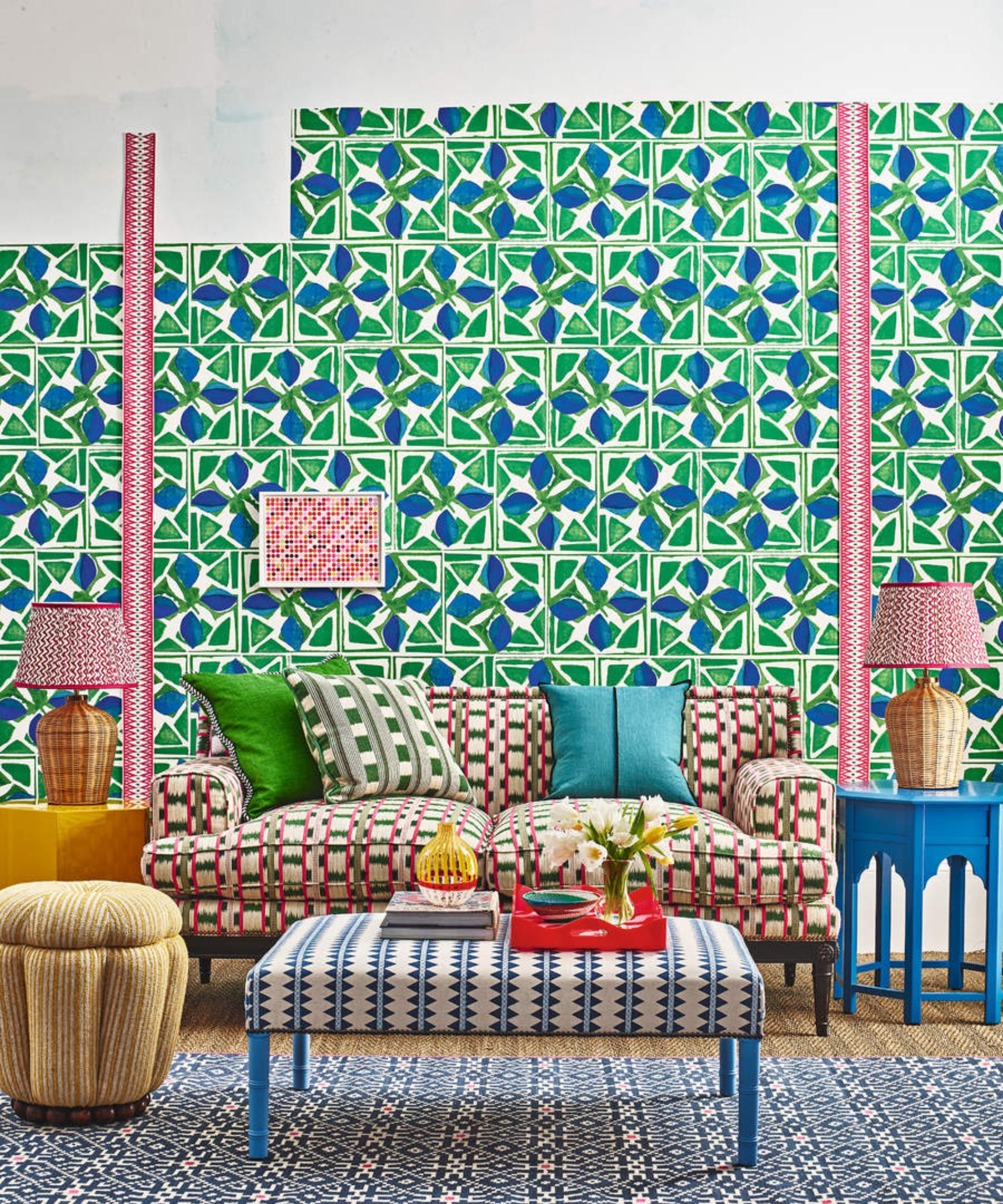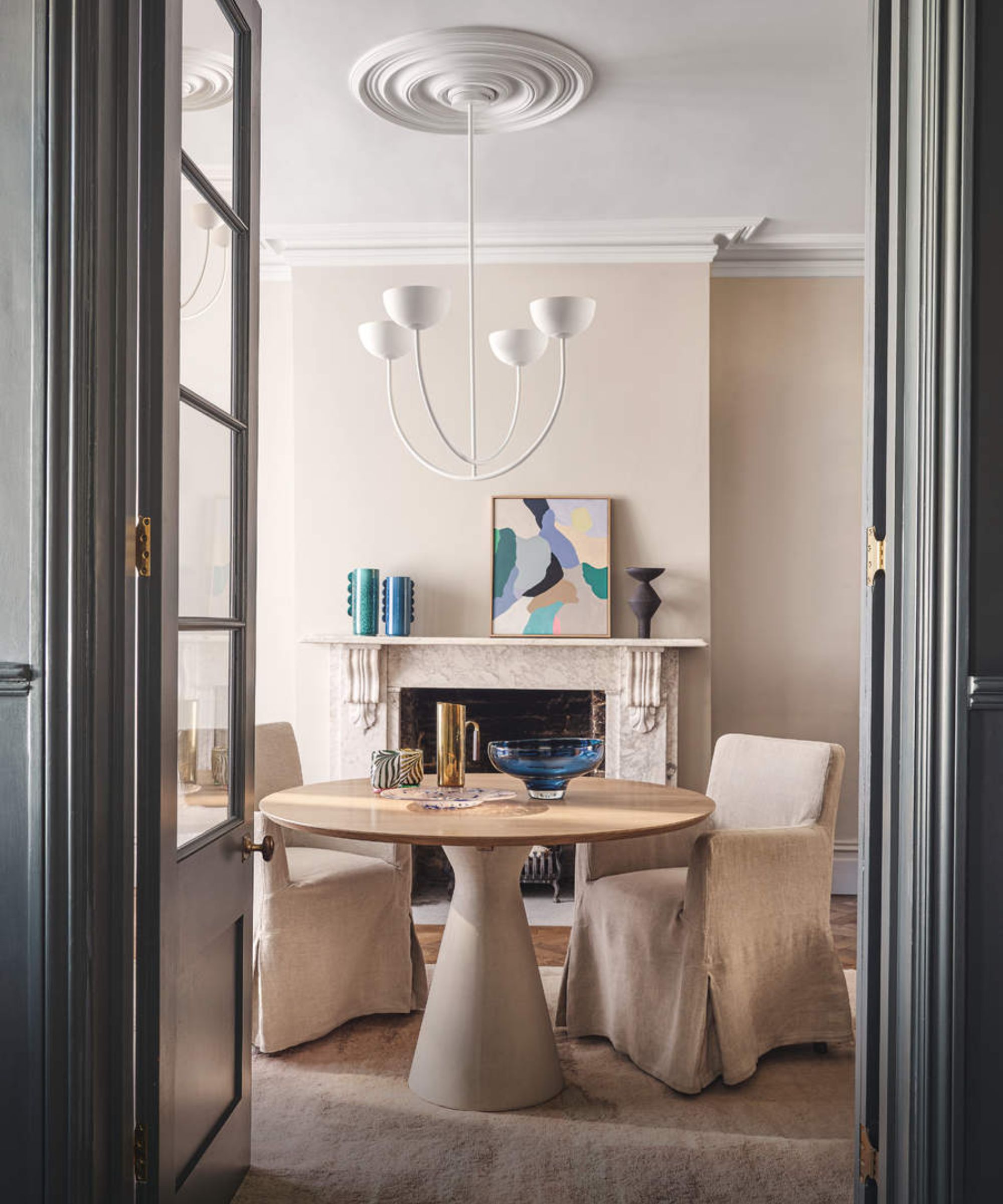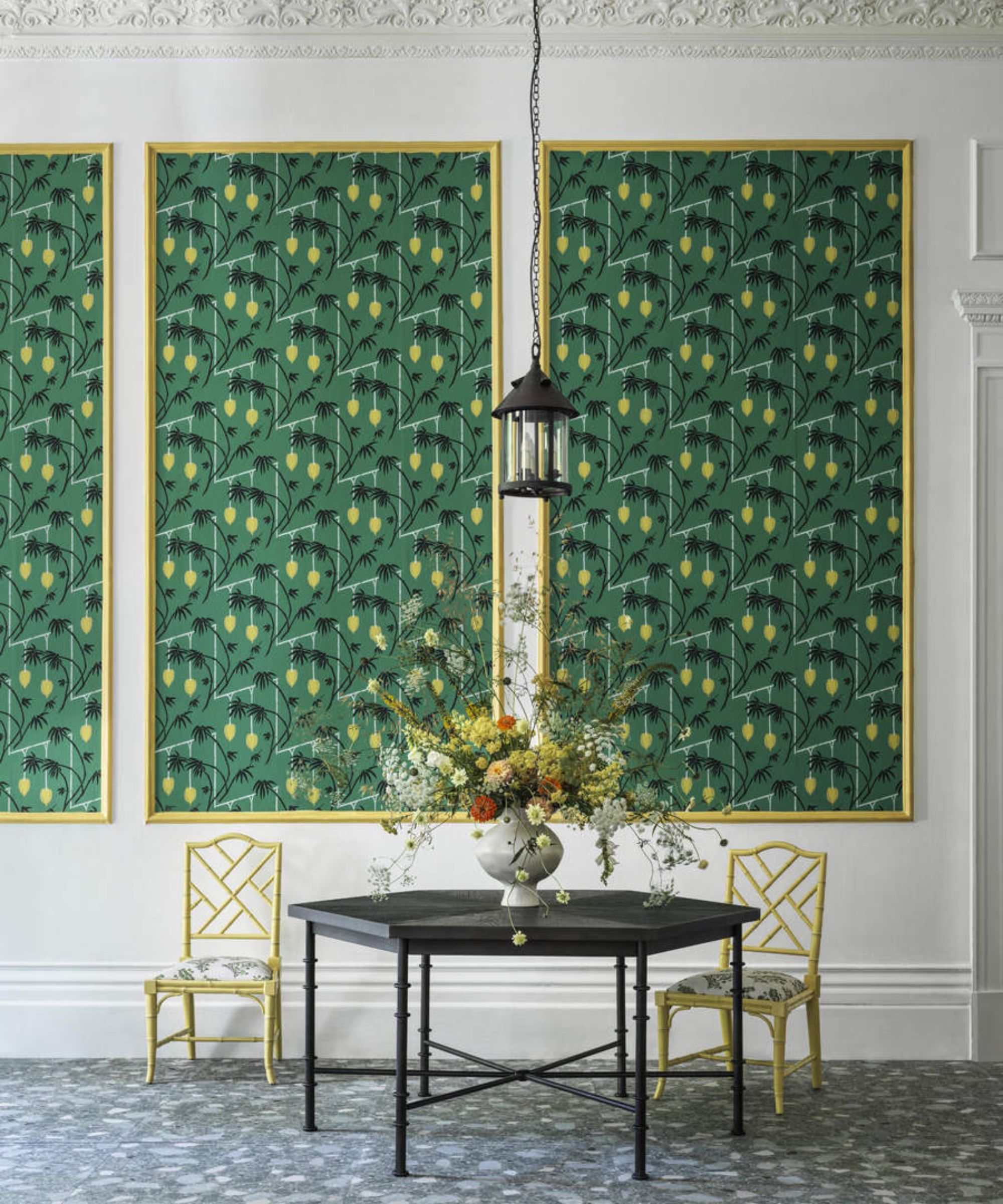How to move heavy furniture by yourself – 8 simple tips from moving experts
With the correct tools and techniques, it's surprisingly straightforward to move furniture by yourself


Moving furniture by yourself and without the help of professionals can be a bit daunting, but with the right techniques and tools, this task can be manageable and completed safely.
Whether you are rearranging furniture before hosting a crowd or updating a living room without buying anything new, knowing how to handle heavy items without injuring yourself or damaging your belongings is crucial.
In this guide, our moving experts provide practical tips and strategies for efficiently moving heavy furniture on your own.
How to move heavy furniture by yourself
Remember to prioritize safety and consider any potential hazards before moving heavy furniture yourself. Consider wearing a back brace for extra support for lifting. This Sparthos back brace is a best seller on Amazon.
1. Plan ahead

Before you start lifting anything, take a moment to plan. Visualize where you want the furniture to go and measure immovable items in its path, such as doorways and staircases, to ensure the furniture can pass through seamlessly.
'There’s nothing worse than getting stuck halfway through a doorway with a sofa! Sketch a simple floor plan if it helps, noting the dimensions of your furniture and the spaces they need to navigate through,' advises Nikolay Yanakiev at Fantastic Removals. 'This will save you time and frustration later on.'
2. Clear the path

The next step in preparation is to make sure the route is clear of obstacles.
This will not only make it easier to maneuver the furniture but also protect surrounding items and yourself from harm. 'A clear path also helps to keep your focus on the task at hand rather than worrying about stepping over or around objects,' Nikolay Yanakiev says.
'Move rugs and any clutter out of the way. To avoid stumbling, consider securing loose carpets and taping down electrical lines.'
3. Disassemble what you can

Disassembling furniture before moving can make it lighter and more manageable. Moving a large piece in sections is much easier and safer than moving it all in one piece. Disassembling furniture also makes it easier to navigate confined spaces and reduces the likelihood of scratching doors or wall frames.
Table legs can be removed, dressers' drawers can be taken out, and any other replaceable components can be detached. To prevent losing smaller parts and screws, store them in a bag and label them. You can use this Wireless Label Maker Machine from Amazon.
'Anything that can't be removed should be safely secured and kept shut so you don't need to do extra maneuvering to avoid damaging the piece or the property,' recommends Matt Graber.
4. Protect your furniture and yourself

'Furniture should be shielded from dents and scratches with bubble wrap or blankets,' advises Nikolay Yanakiev. 'Using tape or rubber bands, secure the wrapping.
'For hand and foot protection, put on gloves and strong shoes. Think about using a back brace for additional support if you're moving anything very heavy. Injuries can be avoided, and the work can be more comfortable with protective gear.'
5. Make use of the correct equipment

The key to effectively moving heavy furniture by yourself is acquiring and safely using moving equipment:
- Furniture sliders: 'These small pads make it much easier to move heavy furniture across the floor without scratching it,' says Nick Valentino, VP of market operations of Bellhop. 'Simply place slider pads, like these ones from Amazon, beneath the legs of the furniture. You won't have to worry about snags or scratches because they operate on carpet and hard floors. Just make sure to avoid over-tipping the furniture when you're getting the pads in place, and consider adding soft rags for extra protection on hardwood flooring.'
- Dolly or hand truck: Dollys are perfect for moving bulky items such as dressers and appliances. Just tilt the item onto the dolly and wheel it to its new spot. 'Look for a dolly with straps or a lip to keep items secure as you move,' advises Nikolay Yanakiev. Before you start, make sure to measure any tight doorways, stairways, and hallways compared to the dolly.
- Moving straps: Moving straps can make it easier to move furniture you are lifting or on a dolly or hand truck. 'By giving you more leverage and distributing the weight of big objects more evenly, these straps lessen the strain on your back. Forearm and shoulder straps, among other styles, are available, and they can be tailored to fit a variety of objects,' says Nikolay Yanakiev. Alternatively, once you have lifted the furniture, use furniture straps or ropes to secure it and prevent it from shifting while being moved. This will also make it easier for you to control and maneuver the furniture.
You can also wear gloves with gripping material on the inside of the palm to help prevent large pieces from slipping around in your grip.
'Check reviews and safety ratings on equipment,' advises Matt Graber, co-owner of Cool Hand Movers. 'If you plan to use straps or other lifting aids, thoroughly check reviews and search for product recalls. Do not just go with the cheapest option on the market because you only plan on using it once. It's better to protect yourself and go with quality.'
6. Use proper lifting techniques

Nikolay Yanakiev shares the safest and most effective way to lift and move furniture: 'Always bend at the knees instead of the waist when lifting. Let your legs do the heavy lifting and maintain a straight back.
'To keep your equilibrium and prevent your torso from rotating, hold the object close to your body.
'Seek assistance or use a gear like a dolly if something is too heavy or awkward to handle on your own. Proper lifting not only reduces the risk of damage but also improves your control over the object you're moving.'
7. Slide furniture where possible

It's often simpler to slide large furniture rather than hoist it across short distances. Sliding minimizes the work needed and lowers the possibility of furniture drops or improper handling.
'To make moving furniture across the floor easier, place furniture sliders or thick towels beneath the legs. You can use plastic lids or aluminum foil as temporary sliders if you're traveling across the carpet,' advises Nikolay Yanakiev.
8. Take your time

When moving large furniture by oneself, there's no rush. 'It's always better to go cautiously rather than run the danger of harming yourself or your furnishings,' says Nikolay Yanakiev. 'Make time for rests, particularly if you're climbing stairs or transporting several objects. Avoid tense muscles, stretch, and drink plenty of water.'
Remember that working more efficiently, not harder, is the key to moving large furniture by yourself. With a little planning and the appropriate methods, you can quickly set up your new area. Best of luck and be careful!
Sign up to the Homes & Gardens newsletter
Design expertise in your inbox – from inspiring decorating ideas and beautiful celebrity homes to practical gardening advice and shopping round-ups.

Lola Houlton is a news writer for Homes & Gardens. She has been writing content for Future PLC for the past six years, in particular Homes & Gardens, Real Homes and GardeningEtc. She writes on a broad range of subjects, including practical household advice, recipe articles, and product reviews, working closely with experts in their fields to cover everything from heating to home organization through to house plants. Lola is a graduate, who completed her degree in Psychology at the University of Sussex. She has also spent some time working at the BBC.
-
 Kelly Ripa and Mark Consuelos's dining room shelves combine unexpected elements for the ultimate storage solution – it's multi-functional and replicable
Kelly Ripa and Mark Consuelos's dining room shelves combine unexpected elements for the ultimate storage solution – it's multi-functional and replicableGreen shelves in Kelly Ripa and Mark Consuelos' dining room cleverly combine storage to accomplish separate purposes in a pretty way
By Sophie Edwards Published
-
 I'm a Sleep Editor – these are the 7 mattress features I think are gimmicks and not worth the spend
I'm a Sleep Editor – these are the 7 mattress features I think are gimmicks and not worth the spendIn my search to find the world's best mattress, I've come across some duds − learn from my mistakes and avoid these mattress gimmicks
By Emilia Hitching Published